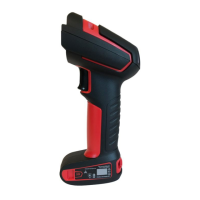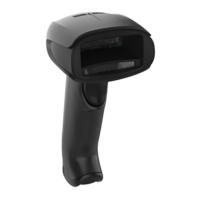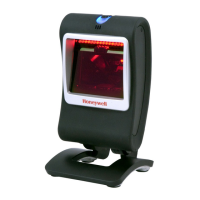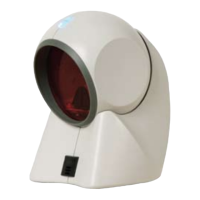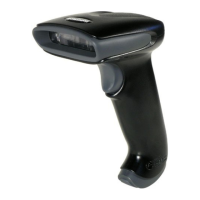Granit XP User Guide 45
• Do not store batteries near fire or other high temperature locations.
• Do not store or carry batteries together with metal objects.
• Do not expose batteries to water or allow the batteries to get wet.
• Do not connect (short) the positive and negative terminals, of the batteries, to
each other with any metal object.
• Do not pierce, strike or step on batteries or subject batteries to strong impacts or
shocks.
• Do not disassemble or modify batteries.
Proper Disposal of the Battery
When the battery has reached the end of its useful life, the battery
should be disposed of by a qualified recycling or hazardous
materials handler. Do not incinerate the battery or dispose of the
battery with general waste materials. You may send the scanner’s
battery to us (postage paid). The shipper is responsible for
complying with all federal, state, and local laws and regulations
related to the packing, labeling, manifesting, and shipping of spent batteries.
Contact the Product Service Department (page xv) for recycling or disposal
information. Since you may find that your cost of returning the batteries is
significant, it may be more cost effective to locate a local recycle/disposal
company.
Beeper and LED Sequences and Meaning
The scanner contains LEDs on the rear of the unit that indicate linking status,
decoding state, and battery condition or instant charge pack condition. The base
has LEDs on the top of the unit that indicate its power up, communication, and
battery charge condition or instant charge pack condition.
For more information see, About the Bluetooth Status and Battery Icons on page
48
Caution: Danger of explosion if batteries are incorrectly replaced.
Dispose of used batteries according to the recycle program for
batteries as directed by the governing agency for the country
where the batteries are to be discarded.

